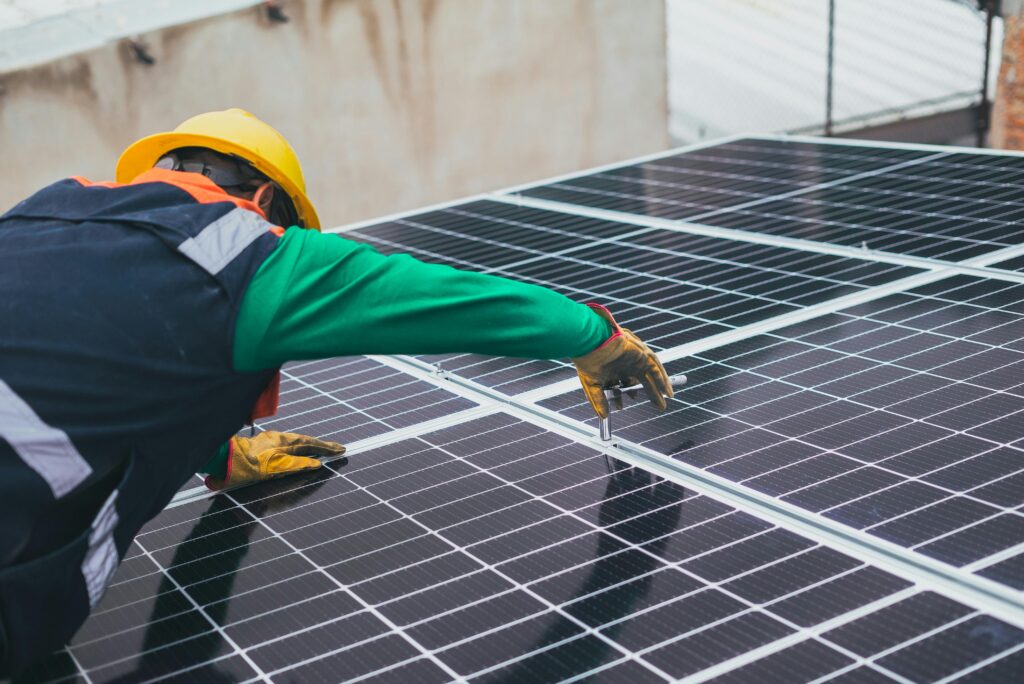Thermoplastic polyolefin (TPO) and polyvinyl chloride (PVC) are two popular types of single-ply roofing systems. They are flexible and have fewer seams for flat and low-slope roofing applications.
PVC and TPO roofing systems come in similar colors, with white being the most popular but with gray and tan also available. Both roofing systems are flexible membranes and have similar colors and thicknesses. Because of this, it can be difficult to tell the difference between TPO and PVC by sight alone.
How can you tell the difference between TPO and PVC? To accomplish this task, we’ll need to take a closer look at the differences between these two commercial roofing systems.
PVC: Better Chemical Resistance
PVC has been used for about twice the amount of time TPO has in the roofing industry. As such, its quality tends to be a bit more uniform, but there are still low and high-quality PVC materials available.
This type of roofing boasts a robust chemical resistance. It’s one of the best choices for industrial flat roofing applications or for businesses that use chemicals, acids, or grease, such as restaurants. PVC also has excellent fire resistance compared to TPO.
PVC is generally the better roofing choice for warmer climates, industrial applications, or buildings that handle cooking or food manufacturing.
TPO: Greater Flexibility and Tear Resistance
Although it’s built similarly to PVC, TPO roofing has different properties. For example, it’s not as resistant to fire and chemicals as PVC. For that reason, it’s not the right choice for industrial or manufacturing facilities that handle harsh acids, chemicals, or grease.
TPO is a rubber-based roofing system and is generally more tear resistant than PVC roofing. It withstands colder temperatures better, meaning it will age slower than PVC in cold climates. However, the same isn’t true for heat. If your building is located in a hot or sunny climate, PVC may be the better option.
Like PVC, the quality of TPO roofing materials can vary, so you want to be sure you’re getting a high-quality material with excellent manufacturer warranties to protect your investment.
Both Systems: Energy-efficient Roofing
In addition to their appearance and single-ply nature, PVC and TPO have other similarities as roofing materials. They both have similar lifespans, lasting around 20 years when installed and cared for properly.
Both materials also have heat-reflective properties, meaning they are considered cool roofing systems and can help improve the energy efficiency of your building. Their heat-reflective nature can also help prevent heat-related damage to your roofing system to allow the material to last longer.
PVC and TPO can also both be treated with rubber roof coatings to extend their life. With a roof coating, you can seal out water and prevent damage to your roofing system for a fraction of the cost of replacing it.
Is Tpo or Pvc Roofing Right for You?
Whether TPO or PVC is the right choice for your commercial roofing system will depend on your budget, your building’s function, and what properties you value in a roofing system. CDS Roofing is here to help you determine the best material for your commercial roofing needs, so contact us today to book your consultation.




